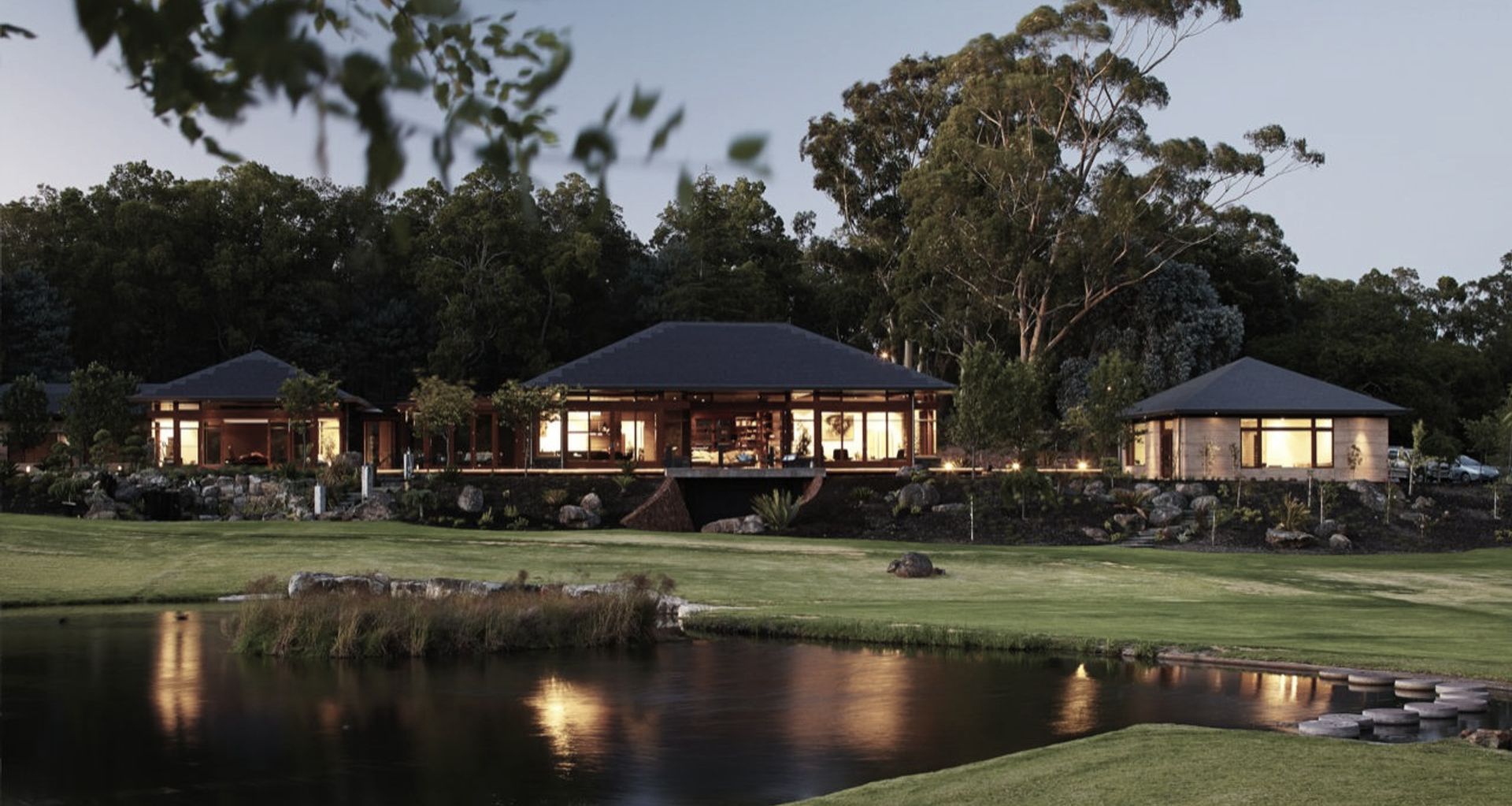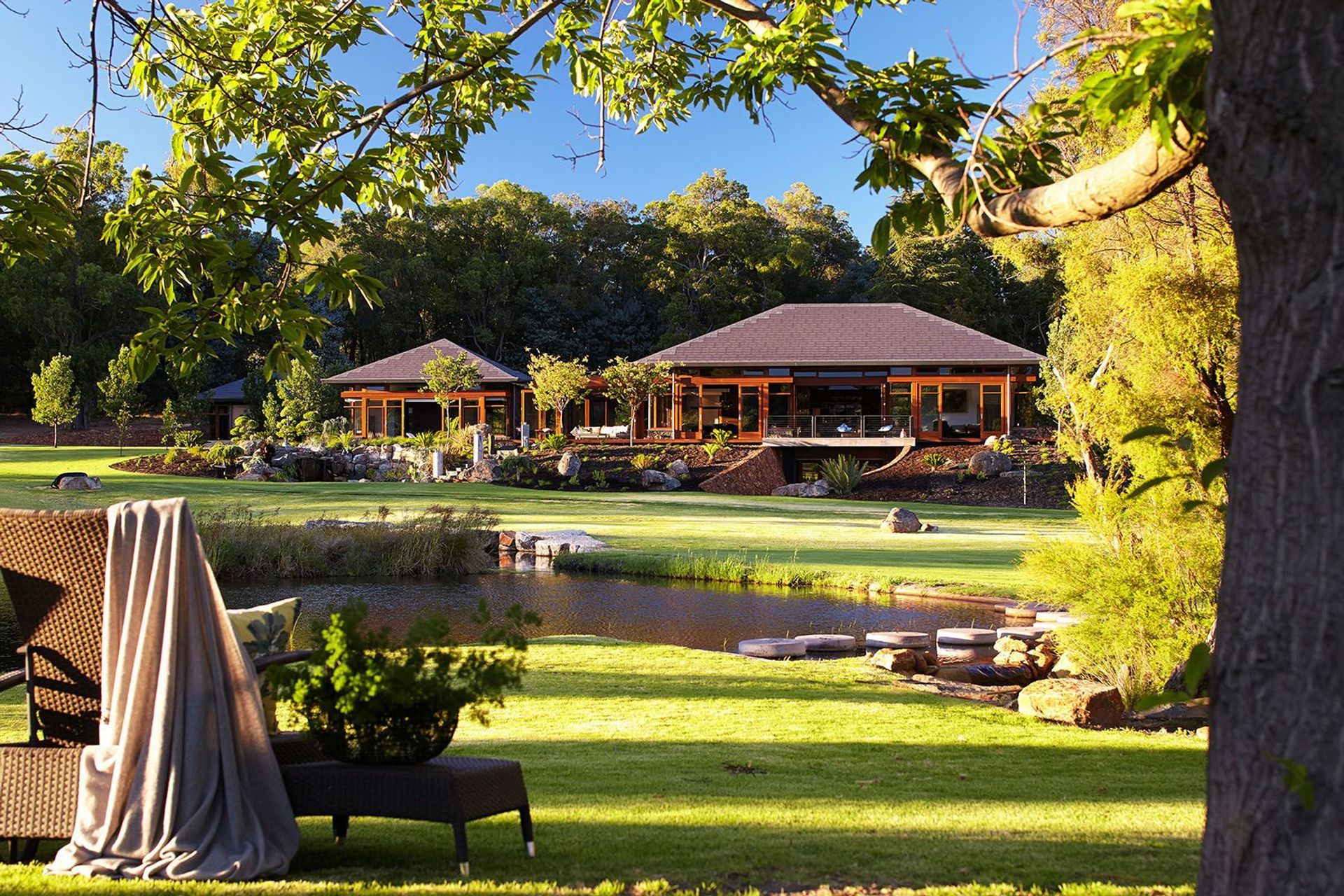What’s the Story with Ecologically Sustainable Design?

You’ve possibly heard of the new sustainability buzz acronym! ESD. It stands for Ecologically Sustainable Development and it’s a set of principles that weigh up environmental, social and financial factors to reduce the impact of future development, across a range of measures.
When it comes to the design of your home, ESD considerations affect so many decisions you’ll need to make, and these can often compete with each other, requiring the skills of a good architect or designer to achieve the best outcome.
Obviously, there is water and energy efficiency: concepts that most householders are keenly aware of in this era of rising bills. Photovoltaic cells are really cost effective now and if wired for future battery storage, are a great way of saving money and helping the environment. The best way to save water and reduce your bills is to use less!
But have you heard of passive solar design, or low embodied energy? In passive solar design, windows, walls, and floors are orientated to collect, store, reflect, and distribute solar energy in the form of heat in the winter and reject solar energy in the summer, without using any mechanical systems.

In a perfect world all our homes would be orientated with the living areas to the north as this orientation, along with deep eaves with an overhang of 80cm, ensures that you will capture maximum sunlight for both natural daylighting and warmth in the cooler months and enjoy complete shading in summer when the sun is higher in the sky.
As one of the windiest cities in the world, capturing breezes in Perth for passive cooling is not such a problem, but controlling them is important. To work out where the seasonal prevailing breezes are for your property, check out: www.bom.gov.au/climate/averages/wind/selection_map.shtml.
Knowing the direction of winds – such as wintery cold nor-westerlies or hot summer easterlies will help you understand the best placement for your windows and outdoor living areas. To encourage cooling breezes to flow through your home, beautiful Breezeway Louvres set high and low are brilliant!
ESD also dictates careful material selection to ensure you don’t use too much of something that is precious or hard to process. Embodied energy describes the energy consumed in providing materials for construction. Transporting materials over great distances adds to its embodied energy – just like it does with ‚Äòfood miles. A great source of material locally is forested timber which is not only beautiful, but natural, durable, and recyclable.
Another important ESD consideration is landscaping. Do you have sufficient green spaces on your site to absorb rainwater and minimise run-off to the sea? Have you got a good mix of indigenous plants to attract native birds and bees? Have you planted large trees or deciduous vines that can provide shade in summer and allow light through in winter? Water features near your house also work a treat and have the added bonus of providing a Zen moment after a crazy day in the office or with the kids.
These are all important considerations as we transition towards more sustainable and liveable cities, and I encourage you to consider the impact of your decisions when considering buying or building a new home, if not for any other reason than you will save money!
